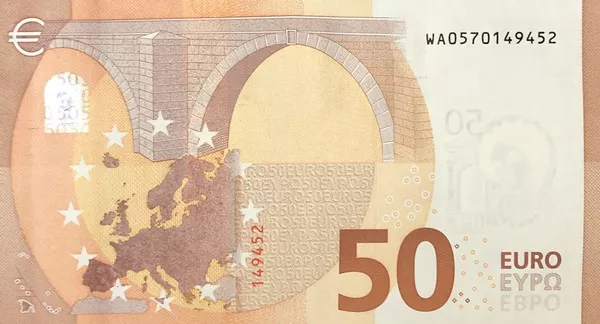To strengthen liquidity management of financial institutions, the People’s Bank of China (PBOC) decided to raise the ratio of financial institutions by 2 percentage points from December 15, that is, the reserve requirement ratio will be raised to 9 percent from the current 7 percent.
Reserve requirement ratio?
The reserve requirement for foreign exchange deposits refers to the deposits that financial institutions deposit with the People’s Bank of China of a certain proportion of their foreign exchange deposits.
The reserve requirement ratio refers to the ratio between the foreign exchange reserves that financial institutions deposit with the central bank and the foreign exchange deposits they receive.
Let’s say you earned $100 in foreign exchange overseas.
When choosing to convert, the bank would have set aside $7 in reserves for the central bank, but after the central bank implemented the policy, it now needs to leave $9.
Why raise the reserve requirement ratio?
Mainly to avoid a sharp appreciation of the yuan.
Although it will attract foreign investors to buy our shares, it will not be bad for our export industry.
China has many foreign trade enterprises, appreciation will have a very adverse impact on them, their work may lose money because of the exchange rate.
At the same time, the central bank took sudden action to curb short-term speculation by foreign investors.
Although the continued influx of foreign capital has made the market trend very good these days, if they get mad again, it will take our assets out of the bubble.
Once the renminbi depreciates in the future, it is easy to flow out of the market, which is not conducive to the stability of the market.
What will be the impact of raising the reserve requirement ratio for foreign exchange?
In the short term, it will have some impact on foreign sentiment, but not much in the medium to long term.
When foreign capital buys, they mainly look for our quality assets.
As long as our exchange rate remains relatively stable, they will not stop buying in the medium to long term.
In terms of raising the reserve requirement ratio, which actually happened in mid-May, it tended to bottom out the next day.
The dollar tumbled and oil prices rose to a four-week high as the emergency authorisation of COVID-19 oral drugs returned risk taking sentiment.
Please pay attention to the specific operation, the market is changing rapidly, investment needs to be cautious, the operation strategy is for reference only.

























